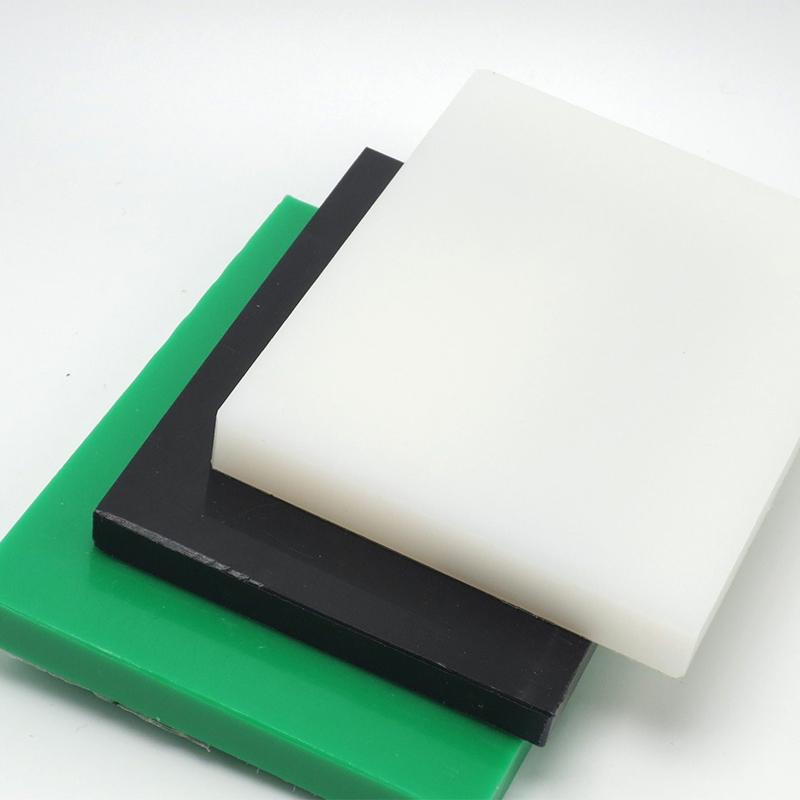
扫一扫微信咨询






Content
synthetic resin
Synthetic resin is the main component of plastics, and its content in plastics is generally between 40% and 100%. Due to its high content and the fact that the properties of resin often determine the properties of plastic, people often consider resin as synonymous with plastic. For example, mixing polyvinyl chloride resin with polyvinyl chloride plastic and phenolic resin with phenolic plastic. In fact, resin and plastic are two different concepts. Resin is an unprocessed raw polymer used not only in the manufacture of plastics, but also as a raw material for coatings, adhesives, and synthetic fibers. Except for a very small portion containing 100% resin, the vast majority of plastics require the addition of other substances in addition to the main component resin.
filler
Fillers, also known as fillers, can improve the strength and heat resistance of plastics and reduce costs. For example, adding wood powder to phenolic resin can greatly reduce costs, making phenolic plastic one of the cheapest plastics, while also significantly improving mechanical strength. Fillers can be divided into two types: organic fillers and inorganic fillers. The former, such as wood powder, shredded cloth, paper, and various textile fibers, while the latter, such as glass fiber, diatomaceous earth, asbestos, carbon black, etc.
Plasticizer
Plasticizers can increase the plasticity and flexibility of plastics, reduce brittleness, and make plastics easier to process and shape. Plasticizers are generally high boiling organic compounds that are miscible with resins, non-toxic, odorless, and stable to light and heat. Phthalates are the most commonly used. For example, in the production of polyvinyl chloride plastic, if a large amount of plasticizer is added, soft polyvinyl chloride plastic can be obtained. If no or less plasticizer is added (dosage<10%), hard polyvinyl chloride plastic can be obtained.
stabilizer
In order to prevent the decomposition and damage of synthetic resins due to light and heat during processing and use, and to extend their service life, stabilizers should be added to plastics. Commonly used ones include stearic acid salts, epoxy resins, etc.
Coloring agent
Colorants can give plastics various bright and beautiful colors. Organic dyes and inorganic pigments are commonly used as coloring agents.
lubricant
The function of lubricants is to prevent plastics from sticking to metal molds during molding, while also making the surface of plastics smooth and aesthetically pleasing. Common lubricants include stearic acid and its calcium magnesium salts.
Antioxidant
Prevent plastic from turning yellow, cracking, etc. due to thermal oxidation during heating molding or high-temperature use
In addition to the above-mentioned additives, flame retardants, foaming agents, anti-static agents, etc. can also be added to plastics to meet different usage requirements.